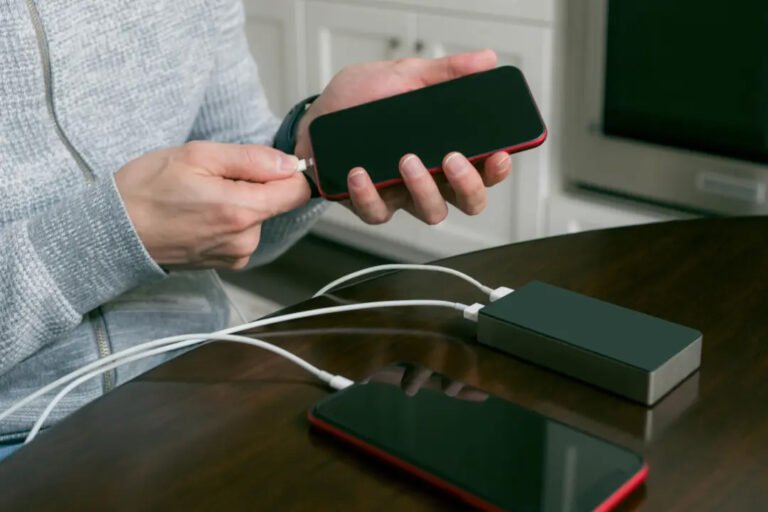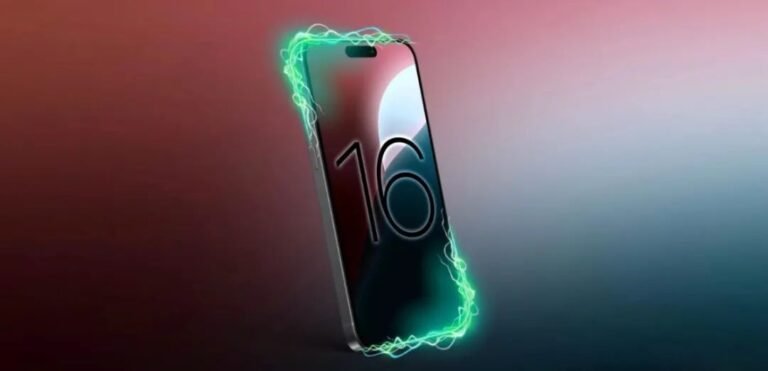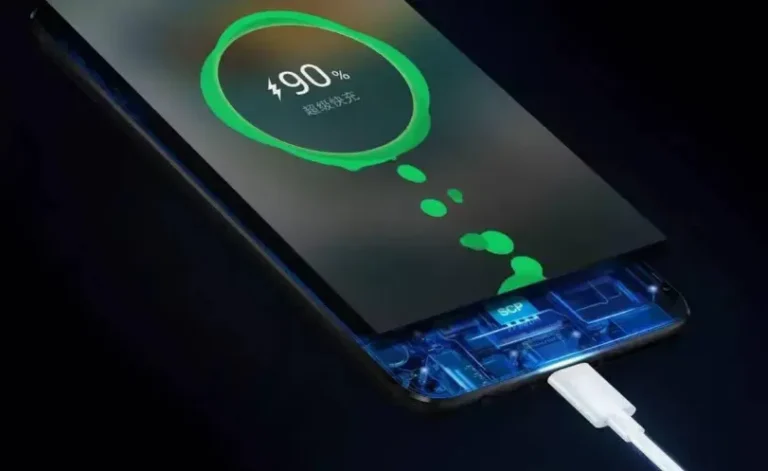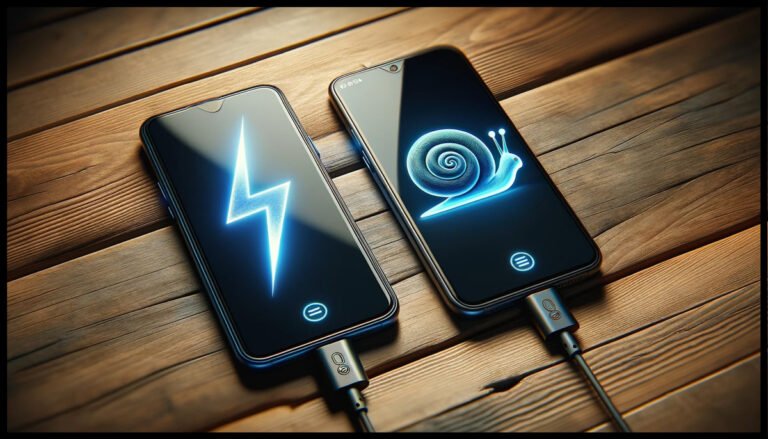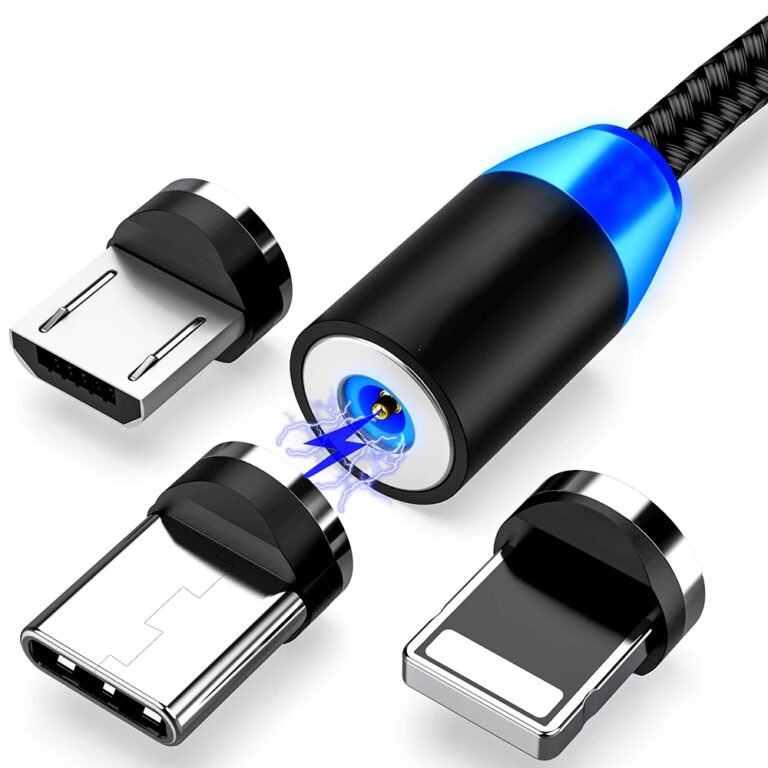Introduction to GaN Chargers
Recent years have witnessed rapid development of smart phones. While performance continues to advance rapidly, consumers now require longer battery life and improved charging capability from their handsets. As a result, gallium nitride chargers were born. They have higher frequency characteristics and power density, higher efficiency, better thermal conductivity, and lower power consumption. They are gradually becoming the standard charger for mobile phones.
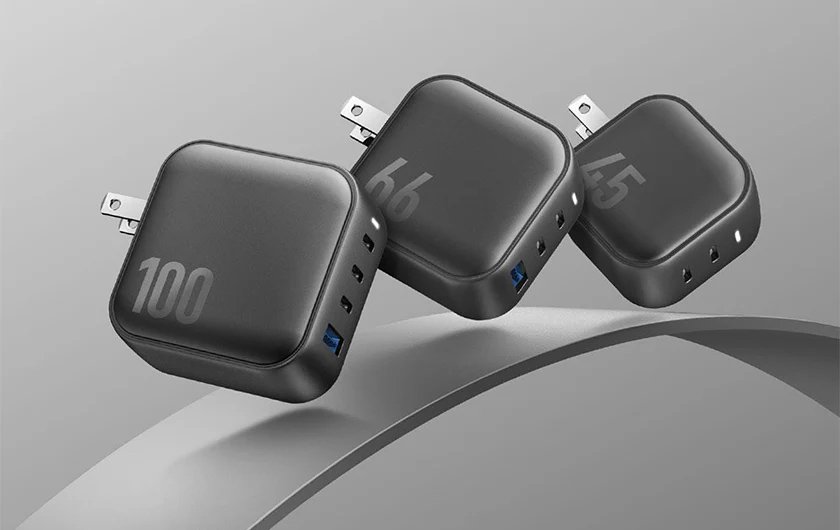
What Is a Gan Charger?
GaN → Gallium Nitride is a third-generation new semiconductor material with high resistance, high frequency, high temperature resistance, and stable chemical properties. The charger made of GaN has many advantages such as easy heat dissipation, small size, low loss, and high power when used.
The charger using gallium nitride MOS tube can increase the switching frequency and reduce the product volume by 30-60% (single port output) and weight by 20-40% compared to traditional silicon MOS tube chargers.
GaN chargers are made of gallium nitride (GaN) material. GaN is a new type of wide bandgap semiconductor material with high electron mobility, high thermal conductivity, and high resistance to electrical breakdown. Compared with traditional silicon-based chargers, GaN chargers have many advantages.
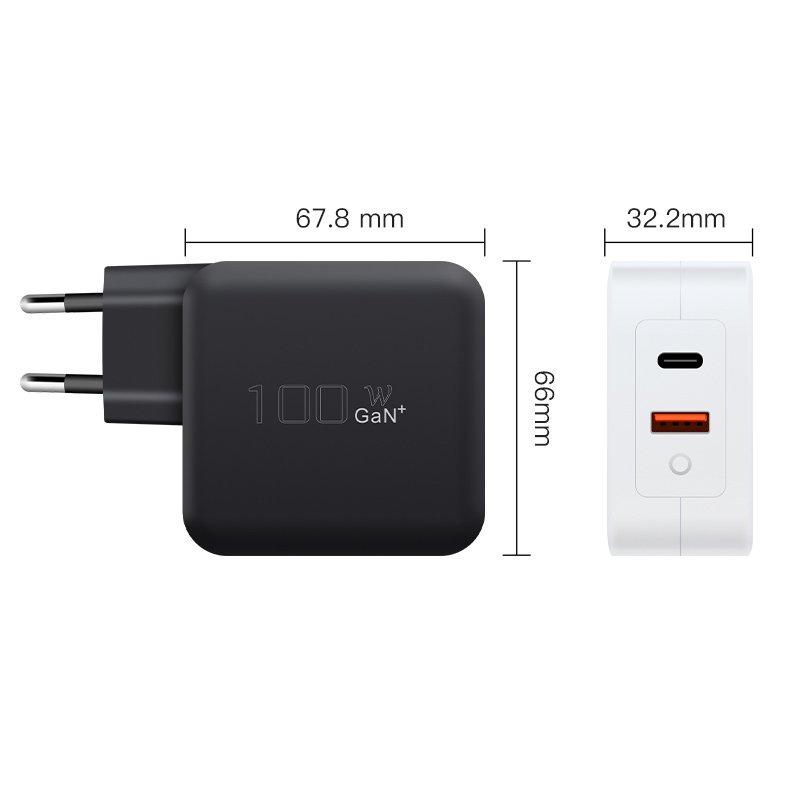
Advantages of GaN Chargers over Traditional Chargers
- Compact Size
Compared with traditional chargers, GaN chargers use advanced semiconductor materials and optimized circuit design that significantly reduce their size while still ensuring performance. In general, their size is about half that of a traditional charger, making it much simpler to transport or place in pockets or backpacks for convenience.
- Fast Charging
GaN chargers feature excellent power conversion efficiency and provide more charging power – some reaching 200W or even higher charging power, which greatly decreases charging times of mobile phones, laptops and other devices. Taking a 4500mAh battery capacity mobile phone as an example, using a gallium nitride charger may be able to charge over 80% in half an hour.
- Energy Saving and Low Consumption
Due to the properties of GaN materials, energy loss from GaN chargers is minimal during operation, providing significant cost and energy saving benefits when compared with traditional chargers – up to 20% more energy saving potential when compared with traditional charging solutions. Not only can GaN-made chargers lower electricity bills while simultaneously conserving energy and protecting the environment!
- Flexible Diversion
The GaN charger can intelligently allocates charging power based on the number and needs of connected devices, for instance when charging two mobile phones together simultaneously the charger can provide 65W to one and 27W to the other ensuring each can charge at an accelerated speed.
- Powerful performance
GaN chargers have good high temperature and high voltage resistance and can maintain stable operation under harsh working conditions. Their service life is often more than twice that of traditional chargers, reducing the trouble of frequent replacement of chargers.
- Low electromagnetic interference
Gallium nitride chargers generate relatively little electromagnetic radiation when working, and have minimal interference to surrounding electronic devices such as wireless headphones and Bluetooth speakers, ensuring the normal use of these devices.
- Wide voltage adaptability range
Gallium nitride chargers can adapt to a wide voltage range of 100V – 240V. Whether in the power grid environment in different regions at home or abroad, they can charge devices normally without worrying about voltage mismatch.
Warm Tips:
When using a gallium nitride charger, a fast charging cable must be used to enable the mobile phone or wireless charging stand to achieve fast charging or super fast charging functions.

How Do GaN Chargers Work?
Gallium nitride chargers work based on its superior electron mobility and temperature stability, making use of gallium nitride material more advantageous in power devices under similar power conditions than its competitors in terms of size, speed, charging times, longevity and lifespan.

To be specific, here is the working principle of a GaN charger:
Power Input Interface: Connect the AC power adapter directly into an AC outlet and use its output end to plug directly into the charger’s input interface.
Rectifier Circuit: A charger converts AC electricity into DC electricity with a rectifier circuit.
Charging Control Circuit: This circuit is responsible for managing all aspects of charging process, including charging current and time.
Power conversion circuit: When charging control circuits transform DC power to be compatible with various devices, they require the help of a power conversion circuit for this process.
Charging Device Connection Interface: When charging is complete, current is supplied through a device connection interface to complete its charge process.
Some of the Leading Brands of GaN Chargers
Anker-Anker’s chargers are known for their superior performance and user experience
Baseus– Baseus provides cost-effective GaN chargers that are ideal for fast charging with multiple interfaces.
UGREEN – UGREEN’s chargers are known for their reliability and safety
Nubia – Nubia’s charger design is innovative and ideal for young people and esports players
CUKTECH – CUKTECH’s chargers have long been recognized for their cutting-edge technology and fast charging speed
Huawei – Huawei’s chargers are designed specifically for their own devices, providing quick charging solutions
Xiaomi – Xiaomi’s chargers are popular for their high cost-efficiency and outstanding performance
Romoss – Romoss chargers are known for their strength and portability, ideal for outing
Pisen – Pisen offers cost-effective gallium nitride chargers suitable for users on tight budgets
Torras– Torras chargers are popular for their unique design and exceptional performance
Choosing the Right GaN Charger for Your Devices
- Power
In fact, in addition to charging mobile phones, most people buy GaN Chargers to reduce the burden on the laptop. Most of the standard laptop chargers are like “bricks”, bulky and heavy, and no one wants to carry an extra brick when going out. Nowadays many thin and light laptops generally have a charging power of 65W, so if you want to reduce the burden on your laptop, it is recommended to choose a GaN charger.
Generally, GaN chargers are backward compatible with various devices. Not only mobile phones, but also tablets, Switch and other devices can be adapted to their rated power for fast charging, which means that buying one charger can solve the fast charging needs of multiple devices at the same time.
- Whether the fast charging protocol matches
To experience fast charging, you can’t just buy a charger randomly. You also need to see which fast charging protocols the charger supports. The mainstream fast charging protocols that everyone is familiar with are QC and PD. In addition, there are some private protocols of various brands, such as OPPO’s VOOC protocol, Huawei’s FCP/SCP, etc. GaN chargers on the market all support QC and PD protocols, but for private protocols, most of them basically only support a few of them.
- Are the interface powers the same?
GaN chargers can generally be divided into single-port, dual-port and triple-port categories. Single-port chargers only feature one interface; in such instances you just need to focus on its protocol; whereas multi-port models present additional issues which should be carefully considered when purchasing.
Dual-port chargers, commonly referred to as 1A1C devices, feature both one USB-C and one USB-A port with different power configurations. Some GaN products do not support simultaneous fast charging modes – this means charging two devices at the same time will merely become standard charging mode.
Three-port chargers are typically divided into two groups, 2C1A and 2A1C; these chargers contain either two USB-C and one USB-A interfaces or two USB-A and one USB-C interfaces, providing three simultaneous charges with power not exceeding 65W total. While multiple devices can be charged simultaneously with this type of charger, its capacity to do so may be diminished as more devices are connected simultaneously reducing overall charging power output to 65W maximum.
Whoever needs a gallium nitride charger to charge multiple devices at the same time should carefully evaluate their needs when buying. If there is no particular requirement, do not charge multiple ports simultaneously.
- Choose a reliable brand
The quality of GaN chargers on the market varies greatly. After determining your needs, it is more important to choose products produced by regular brands and manufacturers. There is no way to confirm the quality of the gallium nitride chargers launched by unknown small factories, and there is no subsequent guarantee after purchase, so don’t buy them for cheap.
Finally, when purchasing a gallium nitride charger, be clear about what you are going to do with it so that you can make the best use of it.
Future of Fast Charging with GaN Technology
GaN technology has greatly reduced the size and output power of USB-C chargers while simultaneously increasing output power. Top brands like Apple, Samsung, Dell, HP, Razer, Asus and Anker have taken to adopting GaN for compact chargers capable of up to 300W output power delivery. Furthermore, GaN branding has become integral part of product branding strategies by featuring “Powered by GaN” chargers from leading consumer brands.
GaN-powered USB-C adapters and chargers will soon dominate the market, providing compact solutions with high output at optimal energy efficiency and environmental sustainability. Consumer applications are projected to account for 52% of GaN device market by 2030 – further evidence that its role is central in decarbonization and digitalization processes.
Conclusion
In summary, GaN chargers are an innovativetype of charger that achieves higher power density, conversion efficiency, and operating frequency capabilities by using GaN materials.Compared with ordinary chargers, GaN chargers have faster charging speeds, highercharging efficiency, smaller and lighter size, and more stable current output. Although GaN chargers are more expensive, this technology has broad development prospects and is expected to be more widely used in the future.

